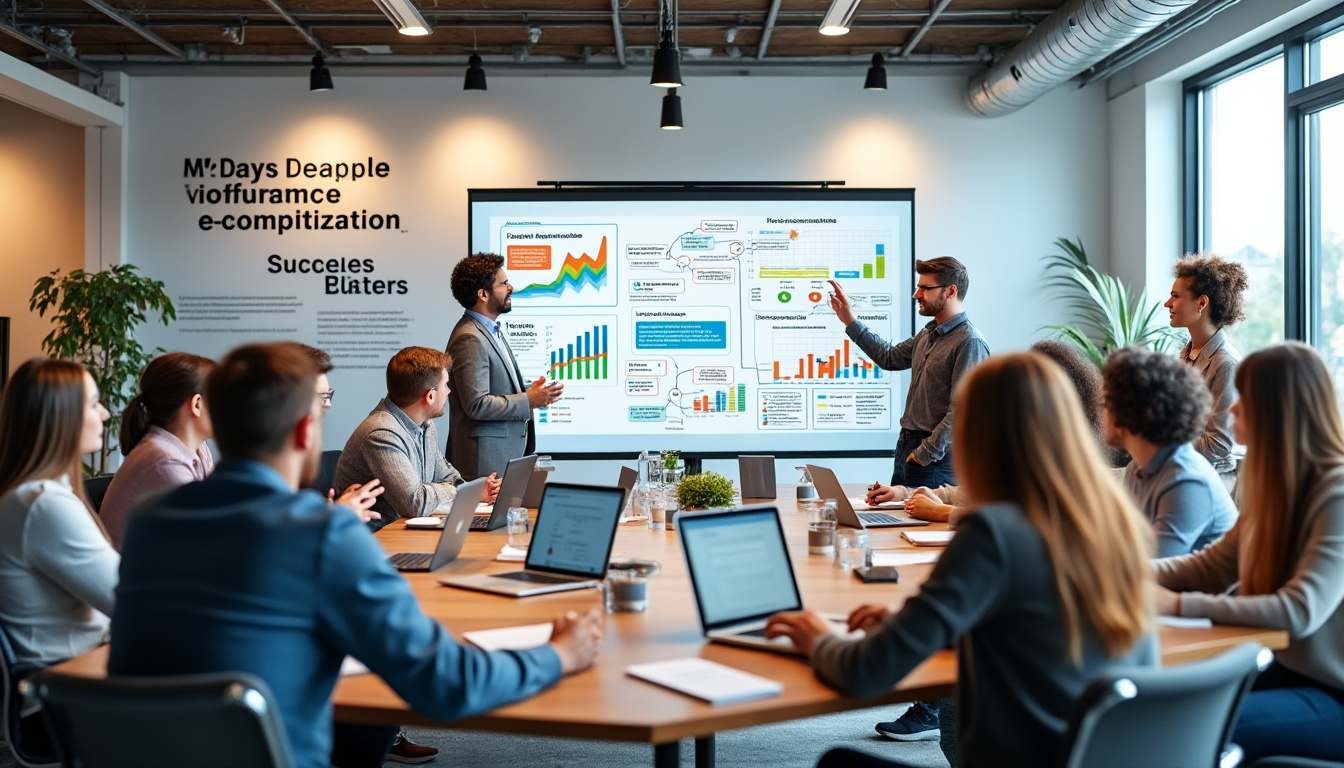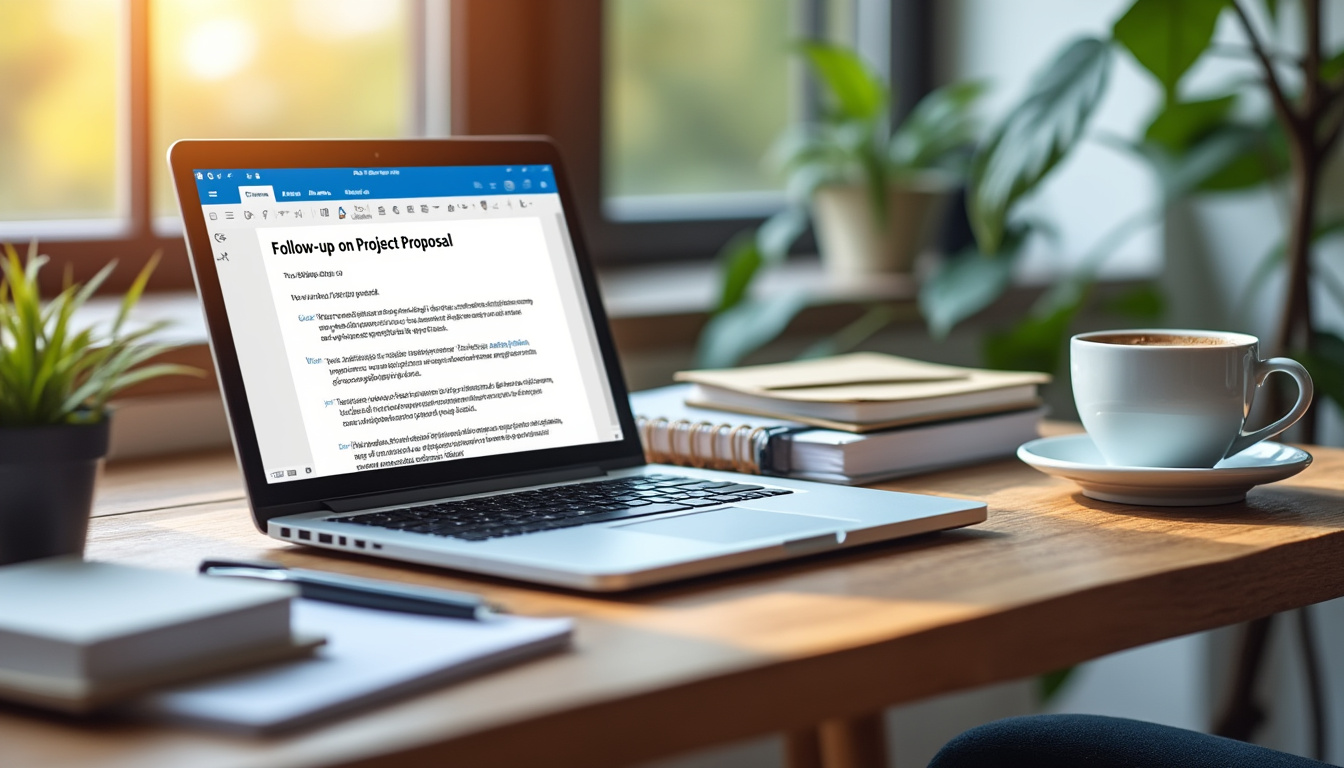As we venture into 2025, the global job market is in a state of flux shaped by evolving worker expectations, economic recovery, and technological advancements. Companies worldwide are facing the challenge of attracting and retaining talent, especially in Europe where the dynamics of the workforce continue to change. The robust French labor market offers promising opportunities for companies looking to hire skilled employees who are ready to contribute to their success. With a culture built on innovation, creativity, and a strong work ethic, hiring French employees may just be the competitive advantage your business needs.
Understanding the Changing Workforce Dynamics in France
The essence of the contemporary workforce is driven by a noticeable shift in employee expectations. The younger generations, particularly Millennials and Gen Z, are redefining loyalty and commitment in the workplace. A senior manager in the education sector recently commented on his struggle with the perceived lack of commitment from younger employees. This sentiment reflects a broader trend where workers are increasingly prioritizing work-life balance and meaningful careers over mere job security.
The concept of “quiet quitting,” which emerged as a term in mid-2022, exemplifies this change in attitude. Recent reports hint at a potential second wave of the « Great Resignation, » where a significant portion of the workforce is contemplating leaving their jobs for more fulfilling opportunities. According to a recent LinkedIn study, 46% of employees expressed a desire to leave their current positions, up from 40% just two years prior. This shift presents a unique challenge and opportunity for employers who must adapt to retain talent and foster engagement.
What French Employees Bring to the Table
Hiring French employees means tapping into a rich pool of talent characterized by several critical strengths:
- Multilingualism: French professionals often possess strong language skills, facilitating communication in international markets.
- Innovative Mindset: Employees from France typically thrive in environments that encourage creativity and innovation, contributing significantly to product development.
- Adaptability to Multicultural Environments: Many French employees have experience working in diverse teams, making them well-suited for multinational companies.
- Strong Educational Background: France has a reputation for high-quality education and training, particularly in fields such as engineering, technology, and design.
This combination of skills can bring a fresh perspective to your organization, enhancing problem-solving and increasing overall productivity.
The Economic Landscape of France in 2025
France’s economy is characterized by a mixture of innovation and tradition, with key players such as L’Oreal, Carrefour, and Renault shaping the market. In 2025, significant trends are expected to influence the labor market:
- Green Transition: As companies like TotalEnergies and Danone lead the way in sustainability, employees with expertise in green technologies are in high demand.
- Technological Advancements: The integration of AI and digital tools by companies like Capgemini and Airbus is creating new job profiles, requiring skilled workers who can navigate these technologies.
- Flexibility in Work Arrangements: The desire for hybrid working models continues, with businesses needing to adapt to attract younger talent.
| Sector | Key Players | Growth Areas |
|---|---|---|
| Consumer Goods | L’Oreal, Danone | Sustainable Practices, Health and Wellness |
| Retail | Carrefour | E-commerce Development, Customer Experience |
| Aerospace | Airbus | Technological Innovation, Sustainability |
| Technology | Capgemini | AI, Cloud Computing |
The Competitive Advantage of Hiring French Talent
Employing French professionals offers companies a strategic edge. With their extensive training and expertise in areas crucial to today’s economy, they can catalyze growth and innovation for businesses aiming to thrive in competitive landscapes.
Furthermore, French employees have a deep understanding of European markets, which is particularly valuable for companies hoping to expand their reach. By embedding local insights and cultural nuances into their business practices, firms can significantly enhance their operational effectiveness.
Navigating Employment Laws and Best Practices in France
As you consider hiring in France, understanding the labor laws and regulations is paramount. In 2025, specific guidelines and trends will govern the employment landscape:
- Employee Rights and Protections: French labor laws prioritize worker welfare, including strict regulations on working hours and rights to paid leave.
- Flexible Work Arrangements: As the demand for hybrid working models grows, organizations need to comply with regulations while fostering flexibility.
- Inclusive Hiring Practices: Companies are encouraged to implement diversity initiatives that align with France’s commitment to equal opportunity.
By familiarizing yourself with the legal framework, you can create a compliant and welcoming work environment. Here are some of the key laws to keep in mind:
| Law/Regulation | Description |
|---|---|
| Right to Disconnect | Employees have the right to disconnect outside work hours to promote work-life balance. |
| Paid Parental Leave | Both parents are entitled to paid leave for a legally mandated period. |
| Minimum Wage | French law establishes a legally-required minimum wage to protect workers’ economic well-being. |
Leveraging Recruitment Agencies in France
Utilizing recruitment agencies can streamline the hiring process and provide access to a vast network of talent. With expertise in the local labor market and specific industry knowledge, agencies can help you navigate the complexities of hiring in France. Agencies such as Eagle Rocket specialize in understanding the nuances of the French job market, enabling businesses to make informed hiring decisions.
Trends Shaping the Future of Work in France
As we navigate 2025, several trends are shaping the future of work in France. Understanding these shifts is crucial for employers seeking to attract top talent:
- Remote Work Growth: With many employees preferring flexible arrangements, companies must rethink their workplace policies.
- Focus on Mental Health: Organizations are increasingly prioritizing mental health resources to support employee well-being.
- Upskilling and Reskilling Programs: Companies are offering training opportunities to adapt to changing technology and market demands.
These trends not only impact employee expectations but also influence recruitment strategies. By adapting to these evolving conditions, businesses can cultivate a thriving workplace culture that not only attracts French talent but retains them as well.
| Trend | Impact on Workforce |
|---|---|
| Remote Work | Increased work-life balance and flexibility. |
| Mental Health Initiatives | Improved employee wellbeing and engagement. |
| Upskilling Programs | Enhanced skillsets leading to increased productivity. |
Success Stories from Companies Hiring French Talent
Leading companies have recognized the value of hiring French employees and have experienced remarkable outcomes:
- Sodexo: Implemented a flexible work model leading to higher employee satisfaction and retention rates.
- BNP Paribas: Developed inclusive hiring practices that improved diversity and innovation within teams.
- Essilor: Leveraged the expertise of skilled French professionals to innovate product offerings and expand market reach.
Through these examples, it’s clear that hiring French talent brings tangible rewards, paving the way for sustainable growth.
Making the Decision: Why Wait?
With an evolving labor landscape marked by the desire for meaningful employment and adaptability, hiring French employees in 2025 is not simply a business strategy—it’s a necessity for companies keen on thriving in a competitive market. The strengths that French employees bring to the table are invaluable, reflecting a shift towards a workforce that values creativity, collaboration, and impact.
Are you ready to embrace this opportunity? Consider collaborating with recruitment agencies and tapping into the French labor market to secure a talented workforce that aligns with your company’s values and objectives. Moving forward, the power to shape your organization’s future lies in your hiring decisions today.












